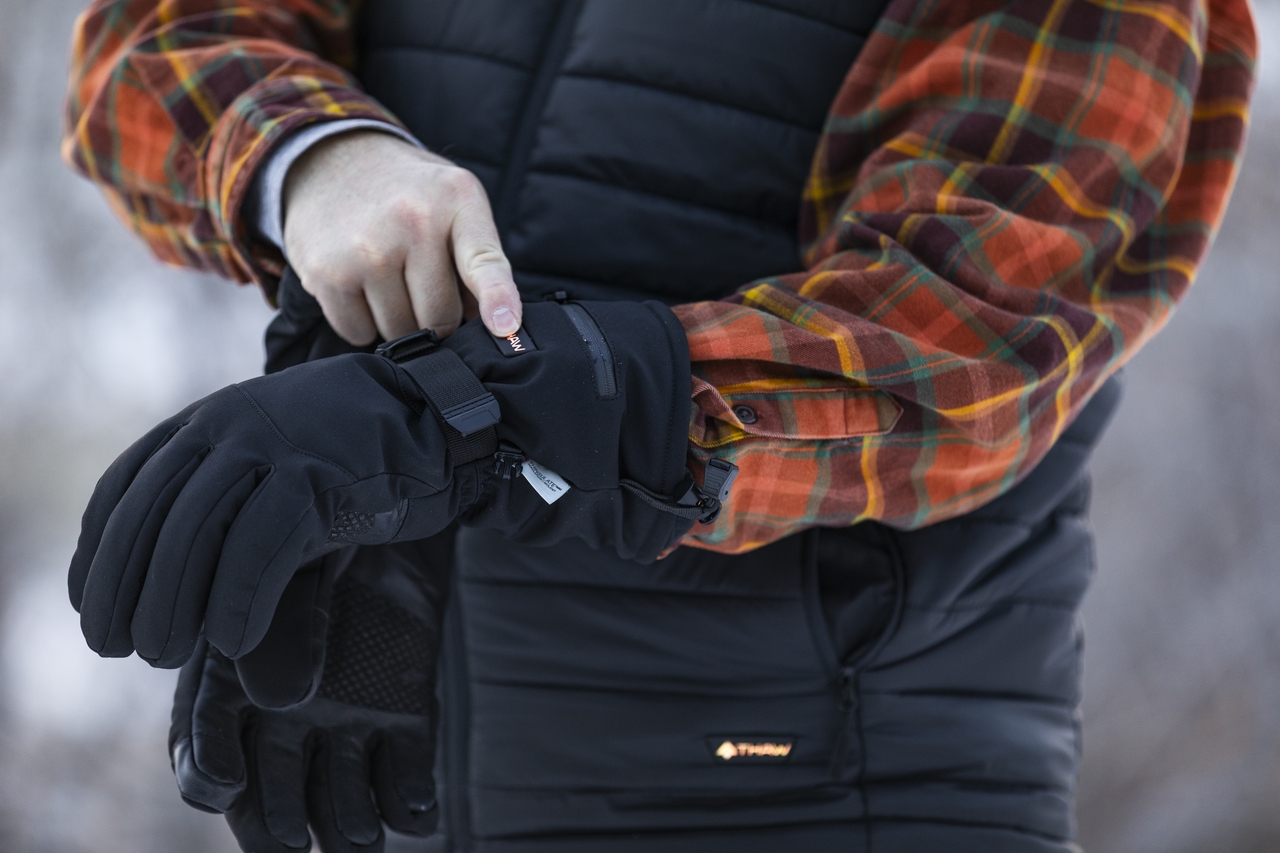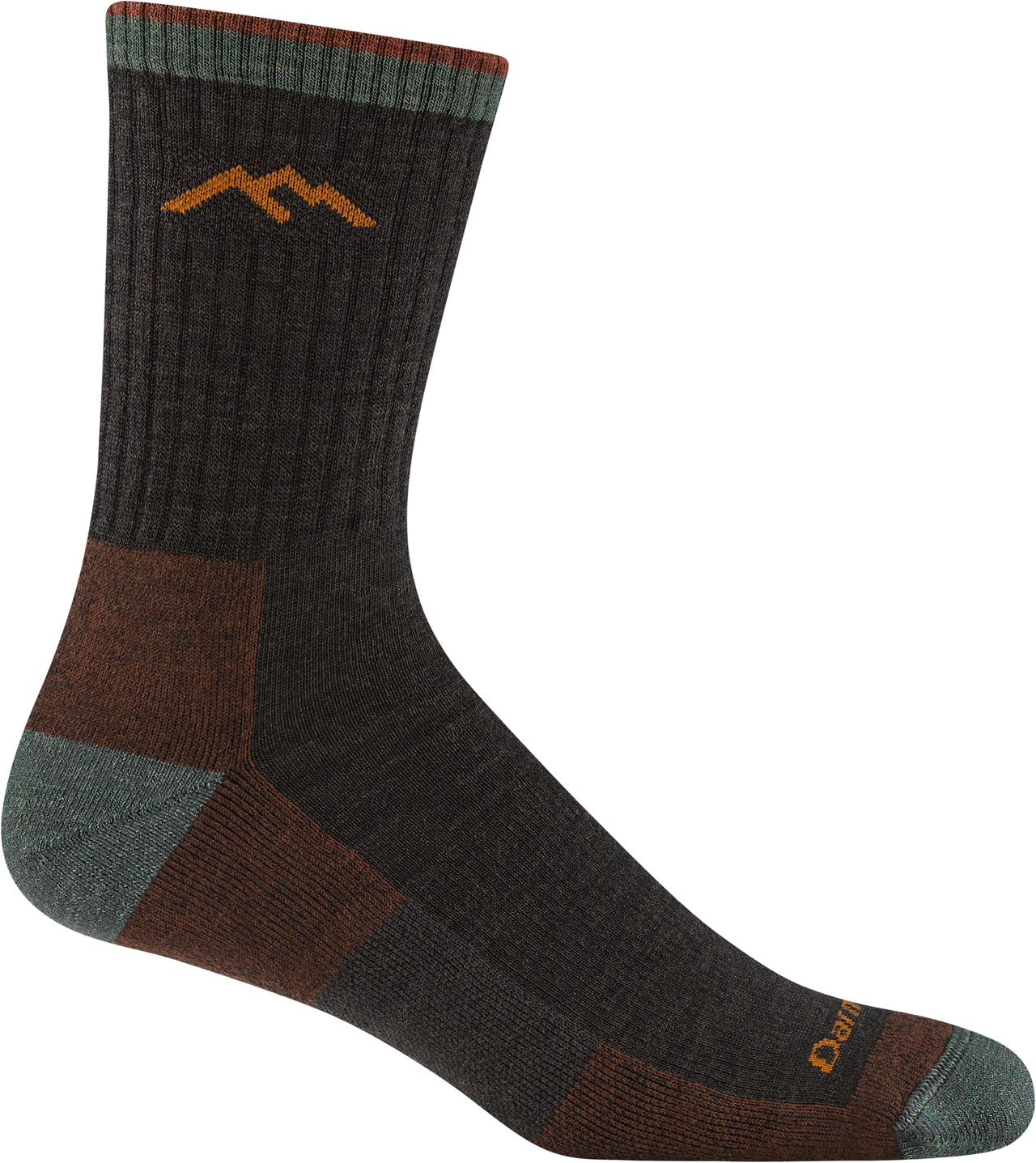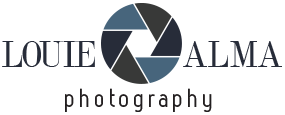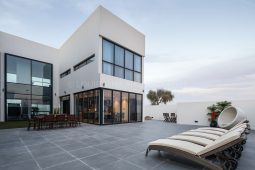Skiwear anywhere – Winter here we come!
Ski wear doesn’t have to be just for the slopes. More and more ski wear is perfect for everyday wear, crossing over into hiking and other country pursuits, winter or not.
Here are some of the latest on offer:
Heated Gloves
 Heated ski gloves aren’t new, but can be chunky and unreliable. These new-tech unisex delights from Thaw, a specialist in heated clothing, offer warmth for the whole hand – with full finger heating – while looking smartly understated. They’re insulated, water-resistant and work on touchscreens (for all those interactive lift maps on your phone!) with reinforced palm and a waterproof battery pocket. Three heating modes provide up to an impressive eight hours of comfort before recharging the batteries. Great for winter outings, such as football matches, at home, too. £129.99
Heated ski gloves aren’t new, but can be chunky and unreliable. These new-tech unisex delights from Thaw, a specialist in heated clothing, offer warmth for the whole hand – with full finger heating – while looking smartly understated. They’re insulated, water-resistant and work on touchscreens (for all those interactive lift maps on your phone!) with reinforced palm and a waterproof battery pocket. Three heating modes provide up to an impressive eight hours of comfort before recharging the batteries. Great for winter outings, such as football matches, at home, too. £129.99
Feet first
 Cool socks made in Vermont where they know what it’s like to have cold feet. Darn Tough produces a wealth of styles, mostly colourful but never comical, and all in merino wool. These are termed Midway Hiking Socks – perfect for travelling and going out in at the end of a ski day, and they ‘thermoregulate to wrap feet in steady comfort when temperatures change’. But, of course, there are ski socks, too, seamless even at the toe and some with arch support. Guaranteed for life – any problems, send them back. £29 (ski socks £37).
Cool socks made in Vermont where they know what it’s like to have cold feet. Darn Tough produces a wealth of styles, mostly colourful but never comical, and all in merino wool. These are termed Midway Hiking Socks – perfect for travelling and going out in at the end of a ski day, and they ‘thermoregulate to wrap feet in steady comfort when temperatures change’. But, of course, there are ski socks, too, seamless even at the toe and some with arch support. Guaranteed for life – any problems, send them back. £29 (ski socks £37).
Polar perfection with this hiking boot
 This Hightrail Polar Hiking Boot from American footwear leader Keen is warm, light and comfy. The company’s Heat Trapolator technology gives three layers of heat-trapping materials underfoot plus KEEN.WARM recycled P.E.T. insulation rated to keep feet cosy in temperatures as low as -25°F. There are leather trimmings, a thermal insole, waterproof membrane, rubber non-slip sole and natural, pesticide-free odour control. This is the women’s model, with stylish purple flourishes, but there’s a purple-free men’s version. £145.
This Hightrail Polar Hiking Boot from American footwear leader Keen is warm, light and comfy. The company’s Heat Trapolator technology gives three layers of heat-trapping materials underfoot plus KEEN.WARM recycled P.E.T. insulation rated to keep feet cosy in temperatures as low as -25°F. There are leather trimmings, a thermal insole, waterproof membrane, rubber non-slip sole and natural, pesticide-free odour control. This is the women’s model, with stylish purple flourishes, but there’s a purple-free men’s version. £145.
Peachy Goggles
 The colourful styling of Panda Optics’ new RS2 goggles belies the high-tech performance. The peach-hued polarised lens is great for normal weather and the goggles also come with a low-light HD lens, aimed at overcast, snowy, or dusk conditions, that’s easily – and firmly – changeable with magnets and side clips. Advanced anti-fog technology, improved ventilation and top-notch glare reduction, too, from the company specialising in hi-tech eyewear. Also comes in black with blue trim. £142.
The colourful styling of Panda Optics’ new RS2 goggles belies the high-tech performance. The peach-hued polarised lens is great for normal weather and the goggles also come with a low-light HD lens, aimed at overcast, snowy, or dusk conditions, that’s easily – and firmly – changeable with magnets and side clips. Advanced anti-fog technology, improved ventilation and top-notch glare reduction, too, from the company specialising in hi-tech eyewear. Also comes in black with blue trim. £142.
What a smock

Mens Velez Adventure Cobalt Angled
Lightweight but effective, the Velez Adventure Smock from outdoor specialist Páramo is as good for hiking and climbing as it is for skiing. The smock design means it is windproof, waterproof and, with its high-tech insulation, very warm. Flaps lift for ventilation and there’s a big waterproof chest pocket, for maps – or, more likely, the cheese rolls you made at breakfast. The hood is wired, making it easy to fit over a ski helmet. Available in varied colours. £290.
The Osprey backpack

Osprey backpack
Osprey is the leader in mountain backpacks but we don’t all (or always) need something serious-looking and hi-tech in which to carry avalanche equipment. The Firn 18 is the best of both worlds, light and bright yet strong enough to carry grown-up gear as well as all those cheese rolls you made at the hotel breakfast buffet, as at home on the streets of Kensington as the slopes of Chamonix. And it comes in macho colours, too.
The post Skiwear anywhere – Winter here we come! appeared first on The Travel Magazine.





